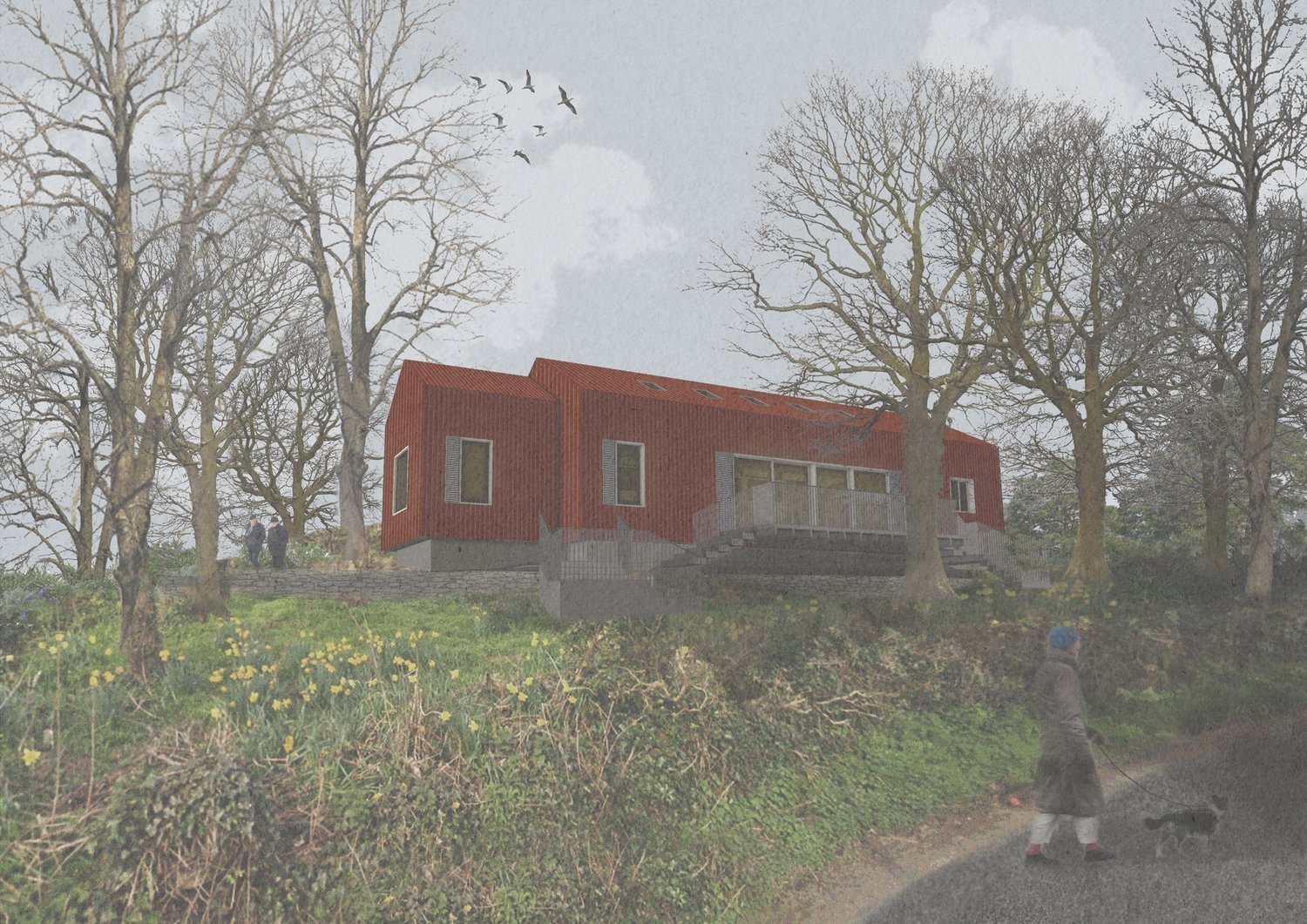Projects
The changing climate is one of the biggest challenges of our time. We offer a direct response: aimed at creating sustainable spaces that transform how we work, live and play, to positively contribute to our delicately-balanced ecosystem.







CONSERVATION & Adaptive reuse
RETROFIT
REGENERATIVE DEVELOPMENT
When looking to creatively reuse heritage building, we use a conservation-led approach to consider the most beneficial use for the building in our changing climate. By employing traditional approaches as well as considering more radical ideas such as re-wilding and ‘adaptive release’ we retain a buildings heritage significance while regenerating it to play a positive role for future generations.
Retrofit adopts a 'fabric-first' approach to enhance the energy efficiency of existing buildings, making them more comfortable and healthier for both us and future generations. Retrofit looks at the best way to stop precious heat from escaping in the winter, prevent overheating in the summer, reduce the amount of embodied and in-use carbon produced and save money over the long-term.
Every place, whether rural or urban, has the potential to support a more resilient ecology that benefits all species, blurring the line between built and natural environments. By fostering this interconnectedness, we design for disassembly, recycle waste, and return energy to usable forms. With a ‘fabric-first’ approach and a focus on bio-based materials, we combine emergent thinking with trusted conservation techniques -innovation with tradition- to realise what’s truly possible in a regenerative development for long-term interspecies justice.

BEST PRACTICE
From the Society for the Protection of Ancient Building’s conservative repair, to the retrofit principles established by both the Low Energy Transformation Initiative (LETI) and the Association of Environment Conscious Building (AECB), to the Sustainable Traditional Buildings Alliance’s responsible retrofit knowledge centre – we draw on extensive resources, research and experience across the sector to tackle every project. We are working withe Net Zero Building Standard that consolidates the work that these organisations have developed which directs the way we design from the initial work stages through to evaluating how comfortable the building is, the energy it uses and the carbon that is saved.
Conservation practice has always considered demolition as the last resort and heritage materials are by their nature more connected with the places in which they are used. Returning to these traditional practices and balancing them with new technologies we can reduce the carbon we use and work towards a low carbon future that is healthy and vibrant for all.
Crow Architecture are committed to the actions set out in the Architects Declare manifesto and to the #ENDGASNOW campaign. The practice is focussed on meeting the goals of the Royal Institute of British Architects’ (RIBA) 2030 Climate Challenge and draws inspiration from the Architects Climate Action Network (ACAN)







